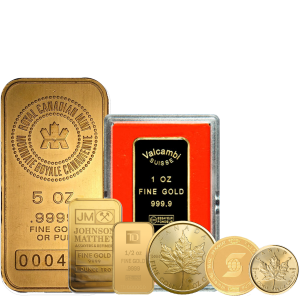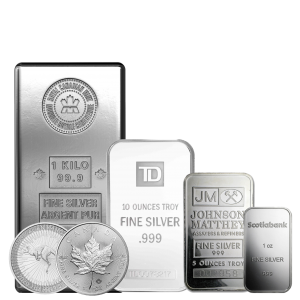

Capped Bust Half Dollar (1807 - 1839)


Image Courtesy of Professional Coin Grading Service (PCGS.com)
Produced between 1807 and 1839, the Capped Bust Half Dollar is among the most identifiable designs in early American money history. Over the years, the United States Mint has produced important creative and technological innovations; this work, a successor to the Draped Bust Half Dollar, reflects those developments.
StructureThe Capped Bust obverse was first presented in the year 1807. Currently, Liberty is facing left, and she is wearing a cap that is fastened at the base with a ribbon or band that is embroidered with the word "Liberty." Her hair is hanging down to her shoulder. Her low neckline is held by a brooch that is worn on her shoulder, and it is draped in a gown or a piece of other fabric. To the left, there are seven stars, and to the right, there are six stars. Please see the date below. An eagle is depicted on the reverse of the coin, perched on an olive branch and carrying three arrows. The words "E Pluribus Unum" are written on a scroll above the eagle, and the words "UNITED STATES OF AMERICA 50C" are written around it. The writing "Fifty Cents or Half a Dollar" was placed along the edge of the object.
VarietiesLettered Edge: On the reverse, there is a graphic depiction of an eagle seated on an olive branch and brandishing three arrows. Above the eagle is the inscription "E Pluribus Unum" written on a scroll, and the words "UNITED STATES OF AMERICA 50C" surround it. The writing "Fifty Cents or Half a Dollar" was placed along the edge of the object.
50 CENTS, Reeded Edge: The Philadelphia Mint began using steam-powered presses in the year 1836, and one of the first improvements that resulted from this was the introduction of a modern half-dollar format. To create a coin with a reduced diameter and a reeded edge, Christian Gobrecht adapted the Capped Bust style that was first created by John Reich.
Reeded Edge, HALF DOL: During the year 1838, the reverse, which had previously been fashioned as 50 CENTS was revised to HALF DOL. Several further adjustments were made to the thickness of the reverse writing as well as the qualities of the eagle. The first ever half dollar was struck in a branch mint in New Orleans. When it comes to rare coins in the United States, the 1838-O half dollar finds itself at the very top of the list. There were around twenty that were thought to have been struck, and almost all of them had surfaces that were like evidence.
The Capped Bust Half Dollar was one of the coins that was circulated the most throughout its period. Collectors place a high value on the early issues that were published between the years 1807 and 1812, as well as the transitional years that occurred between 1836 and 1839.








